A recent report was released by the Association of American Medical Colleges (AAMC) with some alarming information.
The report explains that due to various factors, America will face an extreme shortage of doctors over the next ten years.
What the AAMC Had to Say

The AAMC projected that the USA will see a decline of anywhere between 54,100 and 139,000 physicians by 2033 in every field of medicine.
The organization explained in its report that there are essentially two reasons why the phenomenon is occurring: A quickly aging population and an increase in physician retirement.
The U.S. Population Is Changing
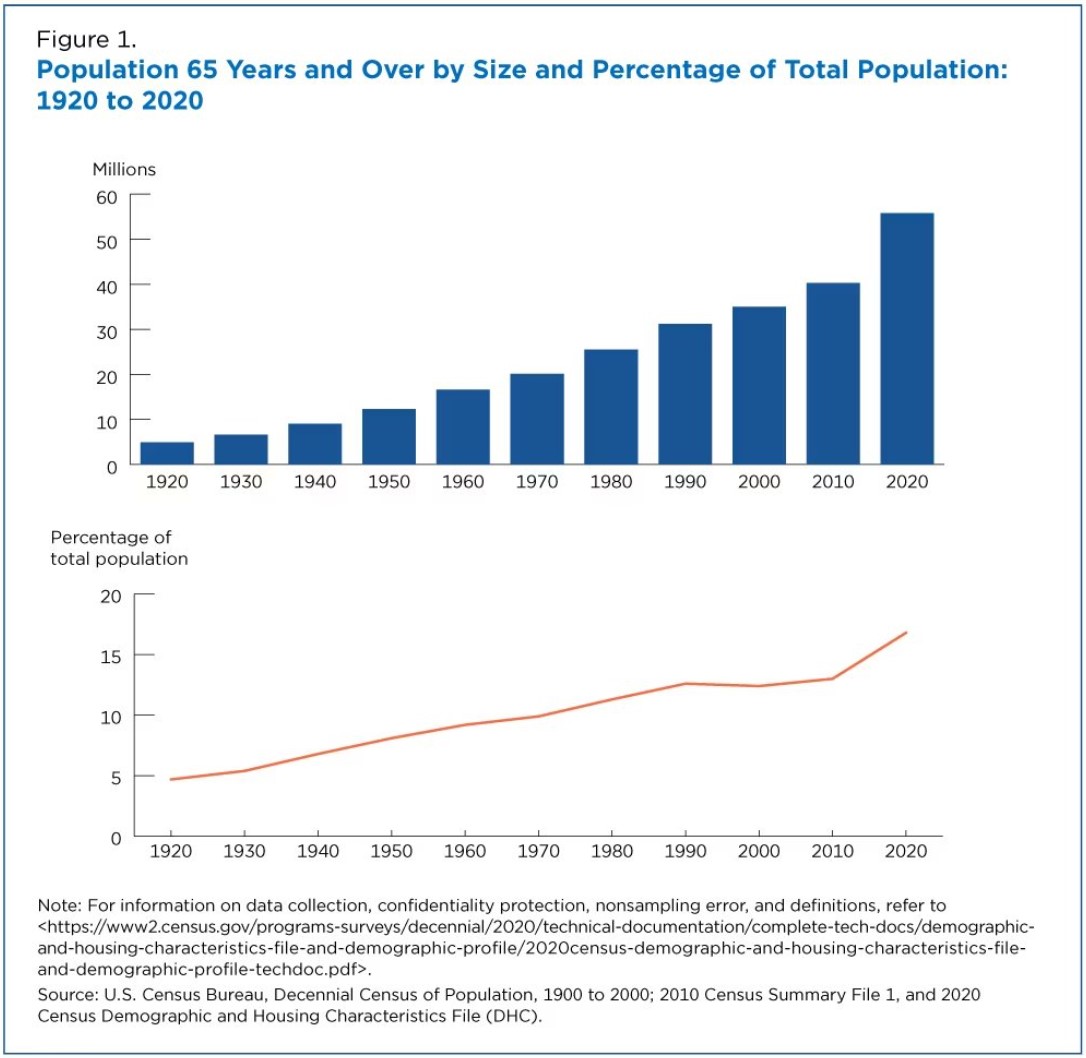
The report also stated that while they estimate the US population will grow by 11% by 2030, the population of Americans over the age of 65 will increase by 45.1%.
The intense increase in senior citizens will absolutely put a strain on the healthcare industry as they often need more medical care than younger citizens.
The Highest Level of Senior Citizens in 100 Years
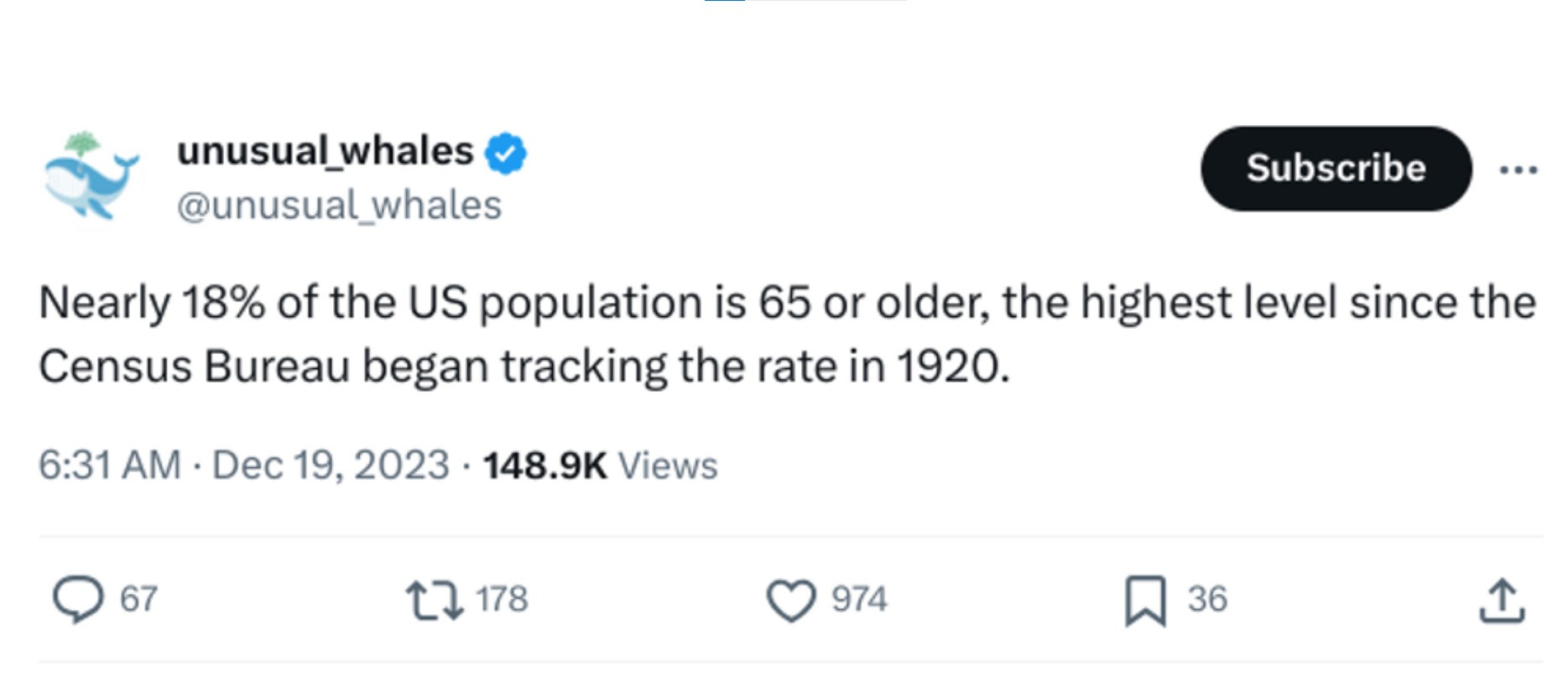
The U.S. Census Bureau reported that currently, 18% of the population is above the age of 65.
Which is the highest it has ever been since the organization began its work in 1920. As medical care improves, people live longer, and while this can be considered a positive, it also has lasting implications for the country.
Many of the Existing Doctors Will Be Retiring Soon

In addition to the growing population of elderly citizens, there will also be a large exodus of existing doctors from the profession as entire generations are retiring.
The study states that two of every five doctors in the United States will be over 65 within the next ten years, and many will even decide to retire early due to the strain of their profession.
COVID-19 Certainly Didn’t Help
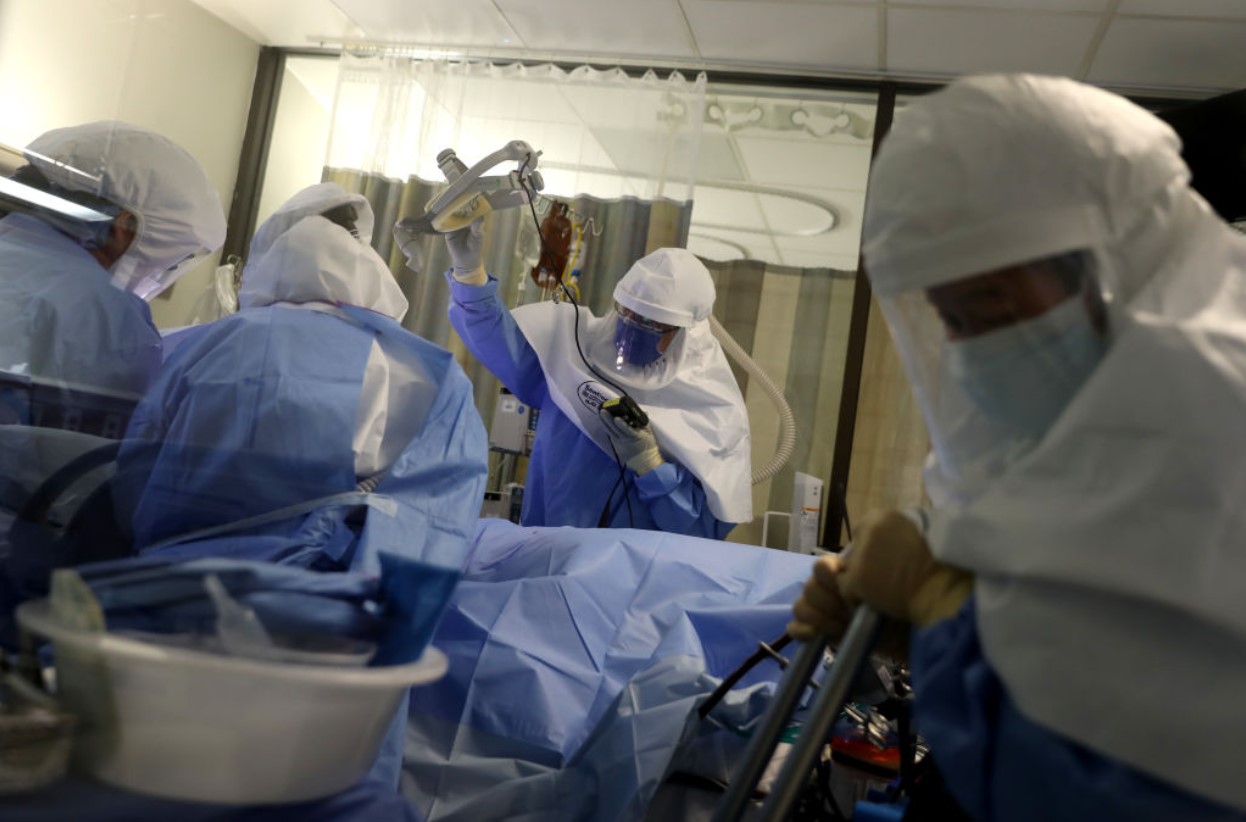
Most people retire in their late 60s, but many doctors are expected to retire even earlier due to burnout from the stress of the job, specifically, the intensity of working through a global pandemic.
For several years during the COVID-19 pandemic, doctors were forced to work night and day through extremely challenging conditions, and many of them simply gave all that they had to give.
There Aren’t Enough Medical Students to Make Up the Difference

As two of every five doctors head toward retirement, the AAMC explained that there simply aren’t enough young doctors to replace them.
There are not enough seats at medical schools, nor are there enough young people who want to work as physicians to fill the void within the next ten years.
What Does This Mean for the American Healthcare System?
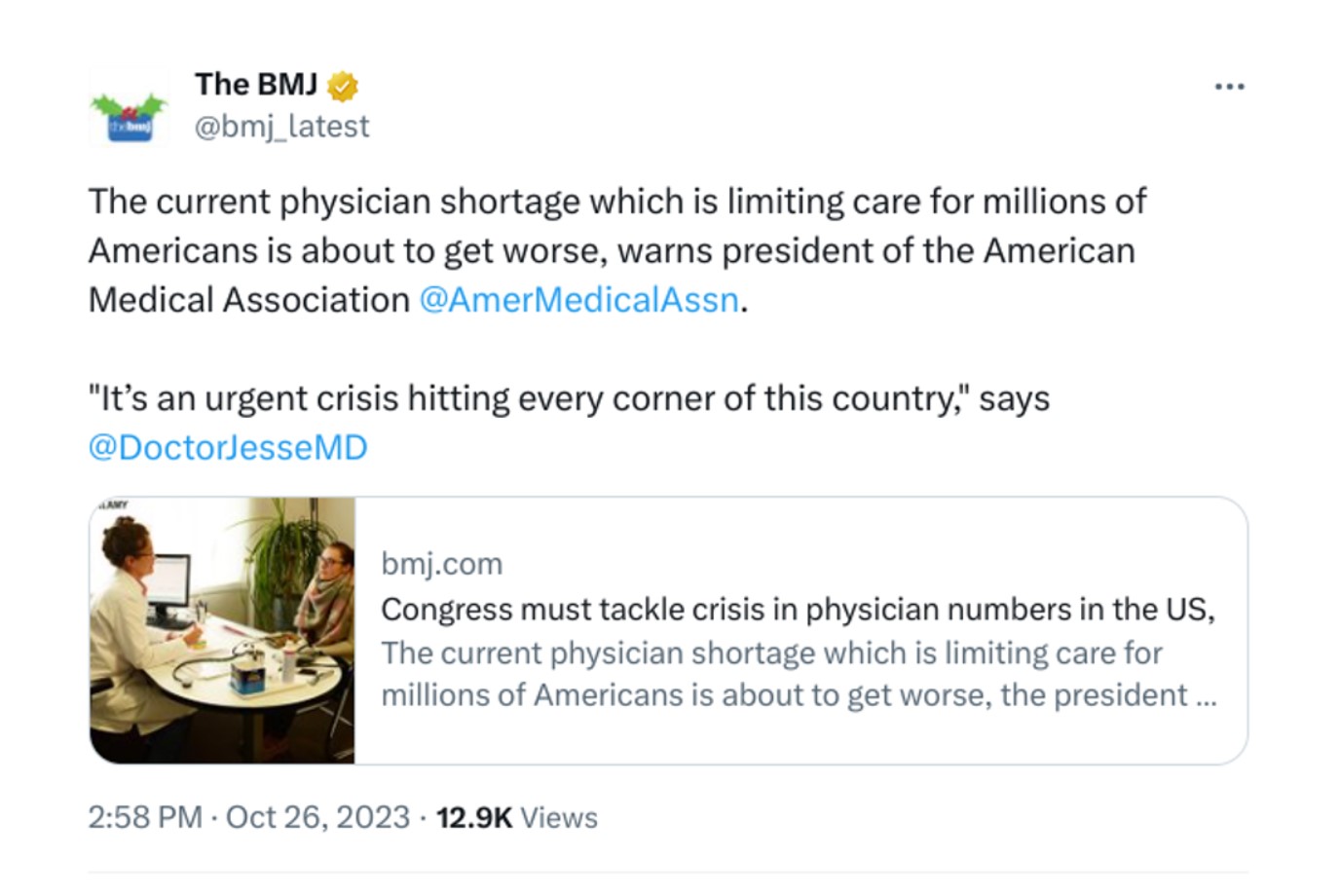
American citizens are already feeling the effects of the shortage, but the AAMC has stated that the problems will only worsen over the next decade.
They explained that people should expect higher medical costs, longer wait times, and even less satisfaction with their care.
Americans Don’t Usually Have to Wait for Medical Care

Although the United States healthcare system is certainly not perfect, it has always been praised for being efficient.
While citizens of other countries may have to wait days, weeks, or even months to see a doctor, Americans have historically been able to get care almost immediately.
Now, Americans Will Have to Wait

But the AAMC’s report clearly states that in the very near future, American citizens will have to wait to see a doctor, as there simply won’t be enough of them.
In addition to waiting for care, the AAMC worries that the quality of care will significantly decrease as hospitals will be understaffed and existing doctors will be overworked.
The Elderly Will Feel This Shortage the Most
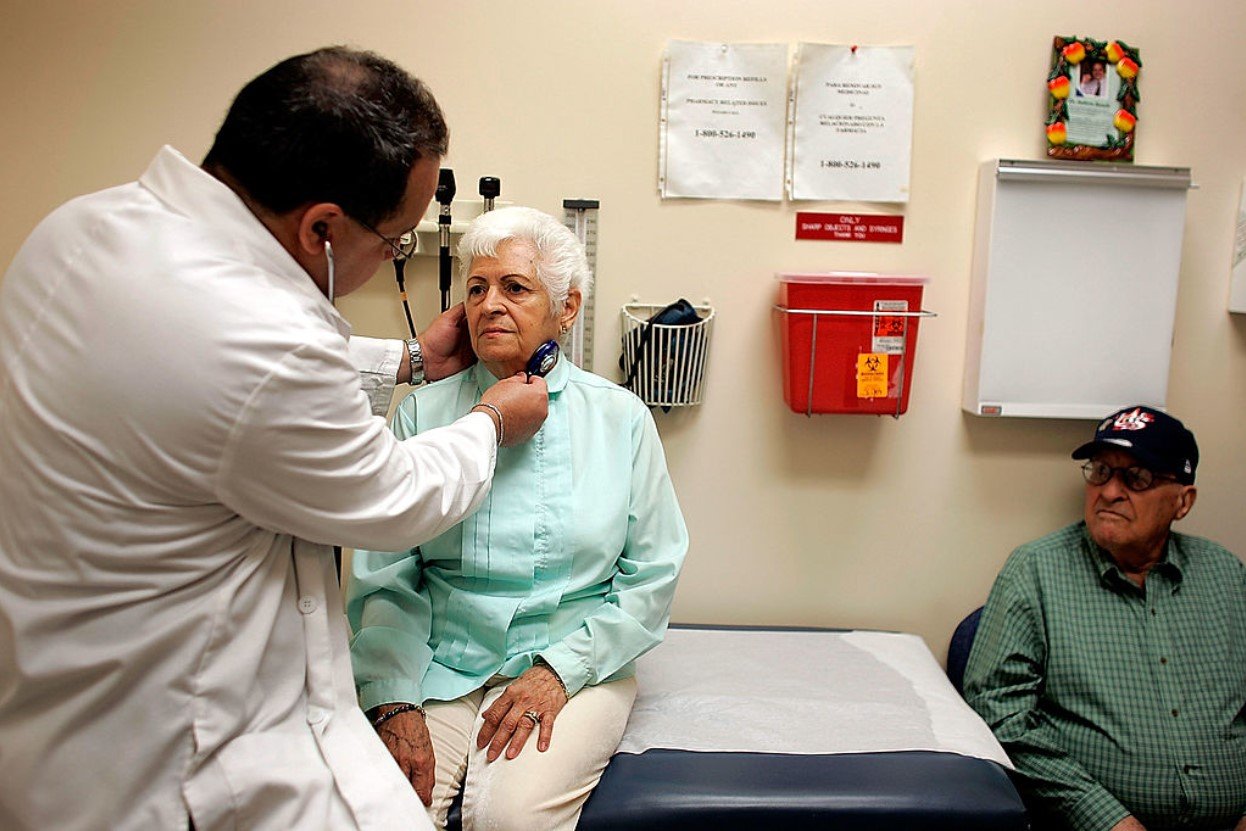
Of course, everyone needs medical care, but those in their senior years who often need constant or even regular attention from a doctor will notice this shortage the most.
Their visits to the doctor will have to be fewer and further between, which could lead to added health complications.
What Can Be Done About the Physician Shortage?

The AAMC explained that in order to combat this expected issue, stakeholders and policymakers need to take action right now.
They believe that policymakers need to increase funding for medical education, improve telemedicine, create incentives for physicians and improve their work life, and finally, promote healthy living among American citizens in order to ensure this shortage doesn’t become an epidemic.








































